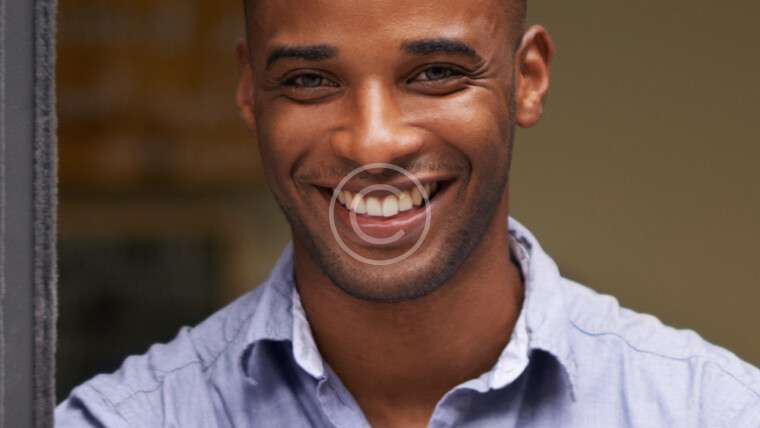- Compare and contrast endocrine and exocrine glands.
- Compare systemic circulation to pulmonary circulation.
- Trace the pathway of oxygenated and deoxygenated blood thorough the chambers of the heart.
- Describe the structure of platelets and explain the process of hemostasis.
- Relate characteristics of an electrocardiogram to events in the cardiac cycle.
**Endocrine Glands vs. Exocrine Glands**:
– **Endocrine Glands**: These glands secrete hormones directly into the bloodstream. Examples include the pituitary gland, thyroid gland, and adrenal glands. Hormones regulate various physiological processes such as metabolism, growth, and reproduction.
– **Exocrine Glands**: These glands secrete substances through ducts onto the body surfaces or into body cavities. Examples include sweat glands, salivary glands, and sebaceous glands. They produce substances such as sweat, saliva, and oil.
**Systemic Circulation vs. Pulmonary Circulation**:
– **Systemic Circulation**: This is the circulation of blood from the heart to the body tissues and back to the heart. Oxygenated blood is pumped from the left ventricle of the heart through the arteries to the body’s tissues. Deoxygenated blood returns to the right atrium of the heart via the veins.
– **Pulmonary Circulation**: This is the circulation of blood between the heart and the lungs. Deoxygenated blood is pumped from the right ventricle of the heart to the lungs via the pulmonary arteries. Oxygenated blood returns to the left atrium of the heart via the pulmonary veins.
**Pathway of Oxygenated and Deoxygenated Blood Through the Heart**:
– **Oxygenated Blood**: Oxygenated blood from the lungs enters the left atrium via the pulmonary veins. It then flows into the left ventricle through the mitral valve. From the left ventricle, it is pumped out through the aortic valve into the aorta and distributed to the body tissues.
– **Deoxygenated Blood**: Deoxygenated blood from the body tissues enters the right atrium via the superior and inferior vena cava. It then flows into the right ventricle through the tricuspid valve. From the right ventricle, it is pumped out through the pulmonary valve into the pulmonary arteries and transported to the lungs for oxygenation. Endocrine and Exocrine Glands
**Structure of Platelets and Hemostasis**:
– Platelets are small, disc-shaped cell fragments in the blood that play a crucial role in hemostasis, the process of blood clotting. They contain granules with clotting factors and enzymes. When a blood vessel is damaged, platelets adhere to the site and release chemicals that initiate the clotting cascade, leading to the formation of a blood clot to stop bleeding.
**Electrocardiogram (ECG) and Cardiac Cycle**:
– An ECG records the electrical activity of the heart over time. It consists of waves and intervals that correspond to different events in the cardiac cycle.
– The P wave represents atrial depolarization, which precedes atrial contraction.
– The QRS complex represents ventricular depolarization, leading to ventricular contraction.
– The T wave represents ventricular repolarization, preparing the ventricles for the next contraction. Endocrine and Exocrine Glands



